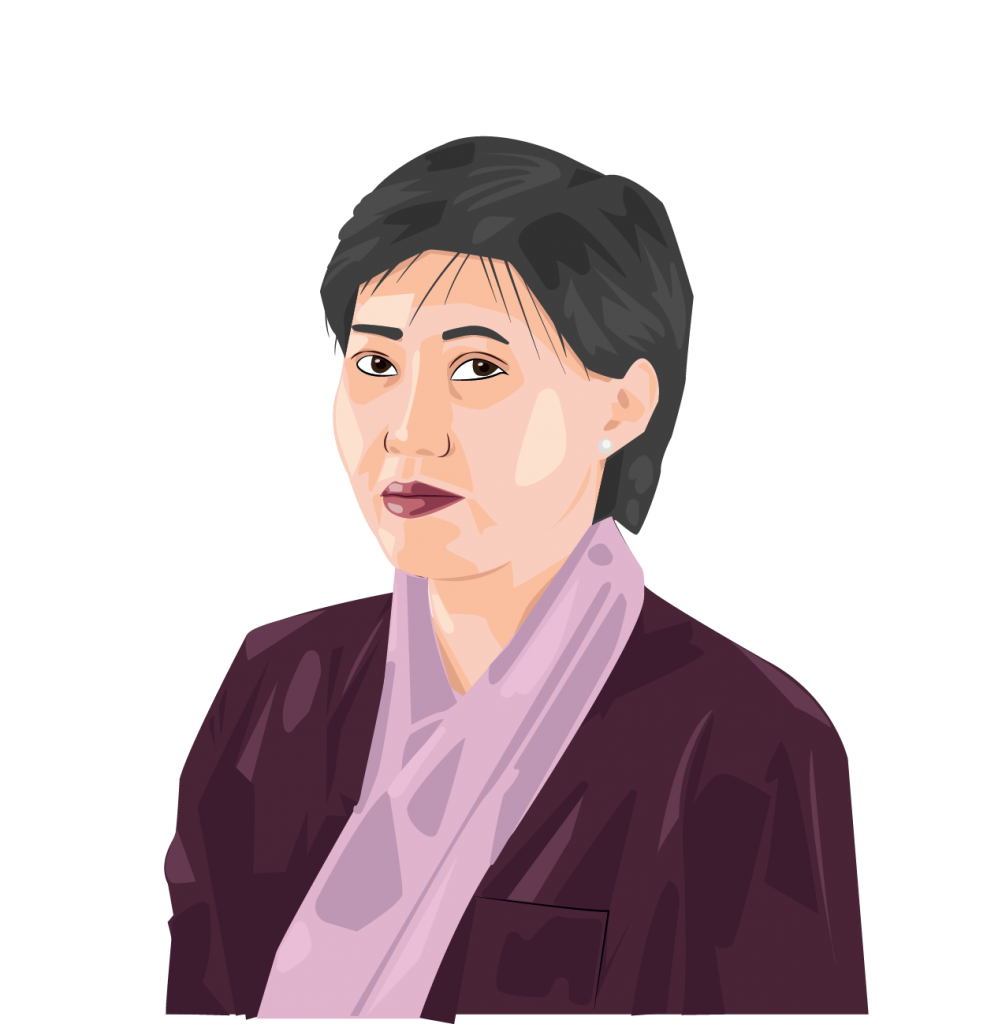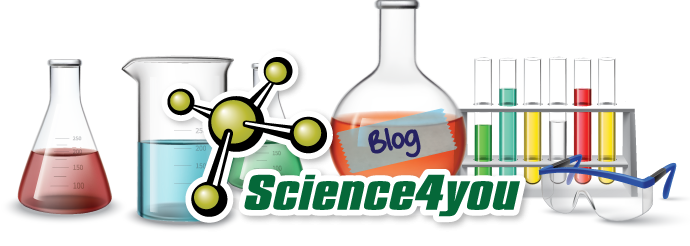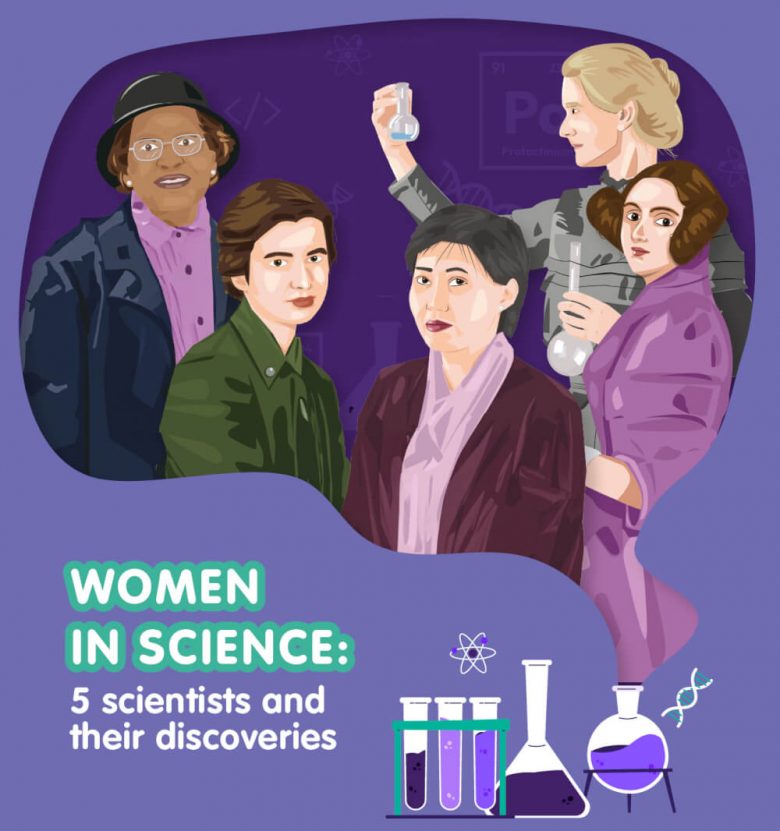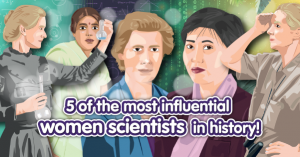At Science4you, we want to celebrate International Women’s Day by letting you know a little more about some of history’s most influential female scientists and their discoveries. Over the centuries, many women, thanks to their courage and determination, have succeeded and marked history with important discoveries, particularly in the field of science.
On this day, we want to celebrate these discoveries and let you know a little more about these five women scientists.
Marie Curie – Discovered radiation and two of the elements in the periodic table

Marie has always shown a bright and inquisitive mind. When uranium salts were discovered to give off a mysterious glow, Marie and Pierre (her husband and lab partner) became curious and began to study the phenomenon. They concluded that the energy causing the radiation came from the uranium atom.
Nowadays, we know that atoms with an unstable nucleus emit particles and release energy. Marie called this phenomenon “Radioactivity”. This was a discovery with a giant impact!
To determine the source of the radioactivity, Marie and Pierre ground and filtered other radioactive materials. In the process, they discovered two totally unknown chemical elements, even more radioactive than uranium. They decide to call the first Polonium (in honour of Poland) and the second Radium (which means “ray” in Latin). Meanwhile, Marie and Pierre began to realize that they were getting sick: prolonged exposure to radiation was leaving them both tired and in pain. For the love of their work, they both continued to work tirelessly, receiving the Nobel Prize in Physics for the discovery of radioactivity.
Ada Lovelace – The first computer programmer in history

Ada’s love affair with maths began when she was still very young.
Although often ill, Ada received a very demanding maths education for her time. When Babbage published an article in French about an improved version of his earlier device, called the Analytical Machine (now considered a first model of the computer), Ada translated it into English, publishing it in 1843.
But Ada didn’t just translate! He added his own very detailed notes, including an algorithm for the machine to computerise Bernoulli’s numbers. This algorithm was inspired by the punched cards of mechanical looms.
This is considered by many to be the first algorithm designed specifically to be implemented on a computer.
Ada was also the first person to realise that the potential of the device could extend far beyond calculating numbers!
Ada’s notes included a reflection that spoke of the possibility of the analytical machine acting on things other than numbers, like music! For this to happen, Ada believed that these other things should be able to be described “by the abstract science of operations”.
This was incredibly visionary! Today, computers can actually work with other types of information. To do this, all information (such as music, images, etc.) is transmitted, as she described, in an abstract form: binary code!
Rosalind Franklin – Discovered and “photographed” the structure of DNA

Although Rosalind was an extremely promising student, her father didn’t approve of women going to university.
He wanted her to have a job that was more “ladylike”.
Fortunately, the women in the family helped her stand up to her father and Rosalind was able to pursue her dream: a doctorate in physics from Cambridge University.
Rosalind then began her scientific studies of coal. Her brilliant work began to be recognised outside of England and she was invited to work in Paris! In Paris, Rosalind became a specialist in X-ray crystallography.
In 1951, Rosalind was invited by King’s College (in London) to carry out a very important mission: to use her knowledge to discover the structure of DNA! Unfortunately, the environment she found at this institution was not the best.
Rosalind persevered and achieved an extraordinary feat: together with her assistant, she obtained an X-ray image in which, for the first time, the double helix structure of DNA was observed!
At the time, several other scientists were in a race to discover the structure of DNA, including James Watson and Francis Crick. Unbeknown to Rosalind, a colleague of hers (with whom she didn’t get on very well) showed photograph 51 to these two scientists. They promptly used what they saw to publish a scientific paper publicising the structure of DNA, reducing Rosalind’s contribution to a footnote!
Rosalind is remembered as the woman who should have been awarded the Nobel Prize.
Flossie Wong-Staal – Scientist who cloned and deciphered the genes of the AIDS virus

Flossie was born in China and was the first woman in her family to receive a higher education. At the age of 18, she left Hong Kong to study bacteriology in the US.
After finishing her PhD, Flossie began to study retroviruses. Shortly thereafter, she made an incredible achievement: she managed, for the first time, to clone the human immunodeficiency virus (HIV)! She was also able to complete the genetic map of this organism. These developments made it possible to prove that HIV causes acquired immunodeficiency syndrome (AIDS). It also allowed the development of diagnostic tests for this disease using blood samples.
Flossie was later nominated president of the Center for AIDS Research and vice president of a pharmaceutical company.
Gladys West – Creator of the model that led to the invention of GPS

Gladys grew up in a rural part of the USA, at a time when there was very strong racial segregation.
She didn’t have the means to pay for university, so she worked hard until she was among the best students in her school. So he got a scholarship to study maths!
After finishing her master’s degree, Gladys became a teacher. However, she was soon offered a job at the Dahlgren naval base in Virginia.
Always working hard, Gladys took part in an award-winning study on the movement of Pluto in relation to Neptune. Her best-known work involved programming a computer to return extremely precise calculations on the shape of the Earth. This model, which used satellite information, eventually became the basis for the Global Positioning System (GPS).
_______
If you love science, experiments and want to find out more about women scientists, you can read our other posts on this subject. Here are two suggestions for Science4you toys about women scientists: Wonder Women – Women in Science.



